34+ Sample Distributor Agreement Templates
-
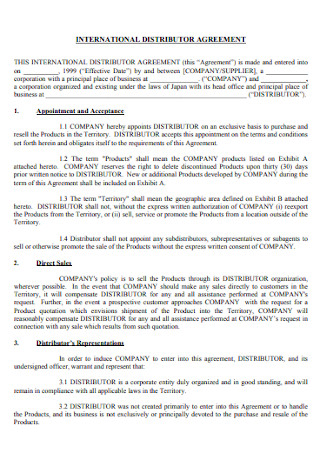
International Distributor Agreement
download now -
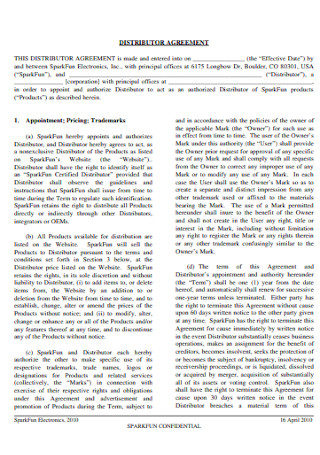
Electronics Distributor Agreement
download now -
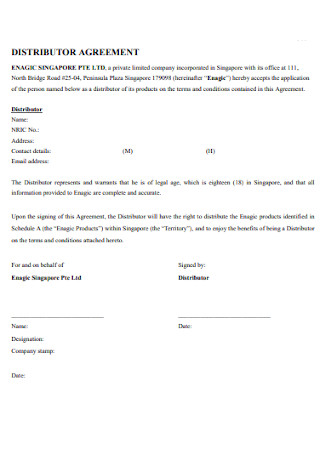
Company Distributor Agreement
download now -
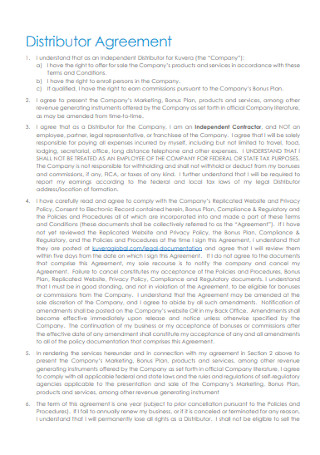
Sample Distributor Agreement Template
download now -
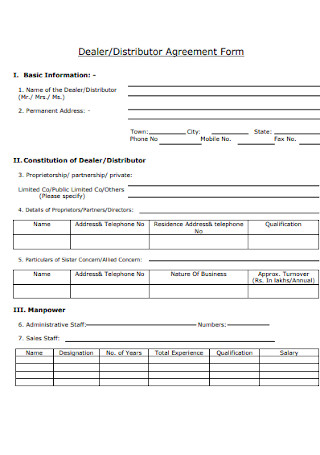
Distributor Agreement Form
download now -
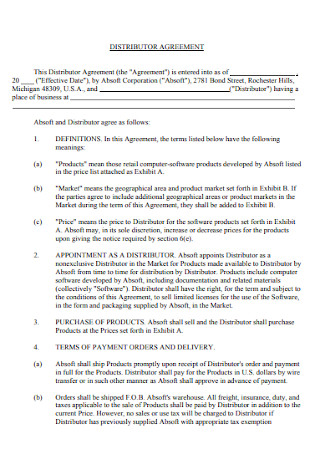
Basic Distributor Agreement Template
download now -
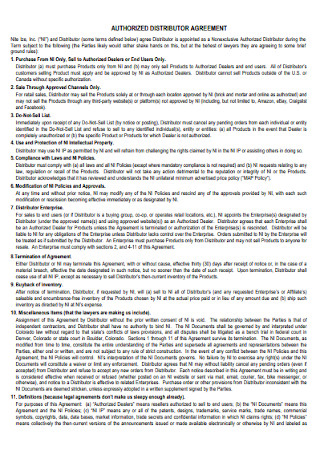
Authorized Distributor Agreement
download now -

Sample Sub Distributor Agreement
download now -
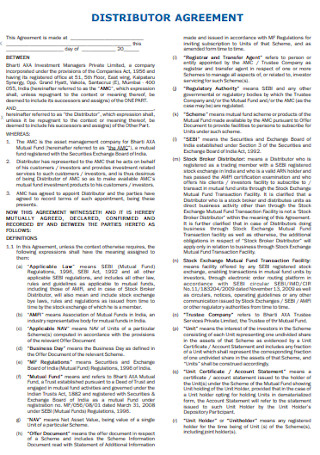
Private Distributor Agreement
download now -
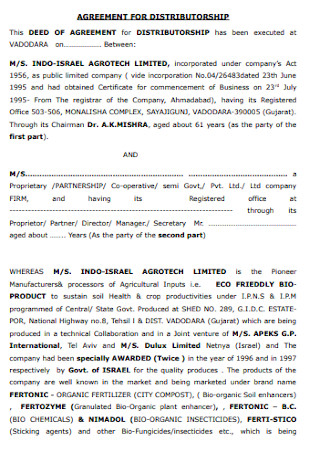
Sample Distributorship Agreement
download now -
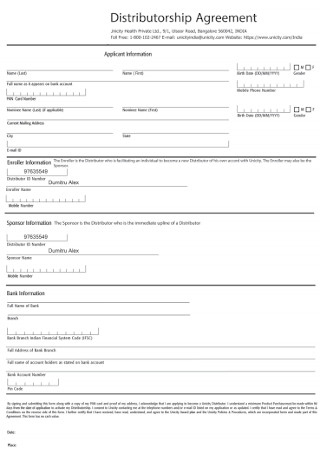
Health Distributor Agreement
download now -
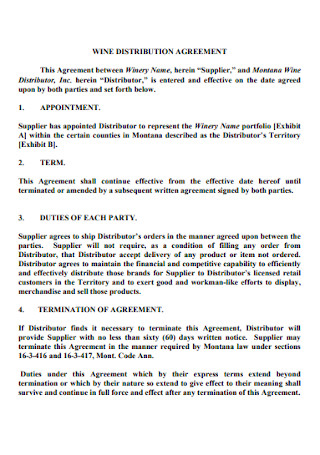
Wine Distributor Agreement
download now -
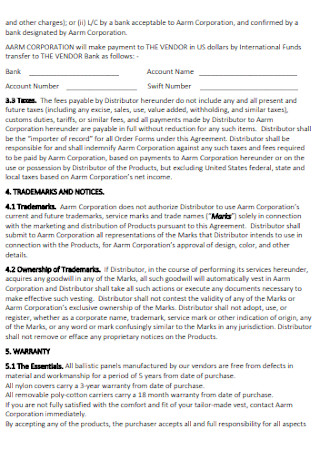
Corporation Distributor Agreement
download now -
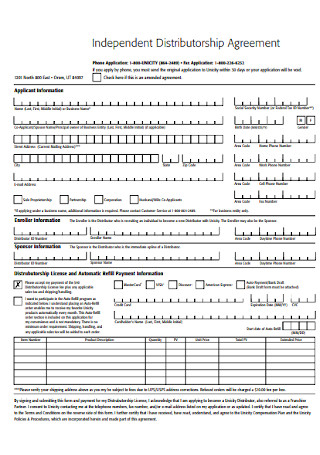
Independent Distributorship Agreement
download now -
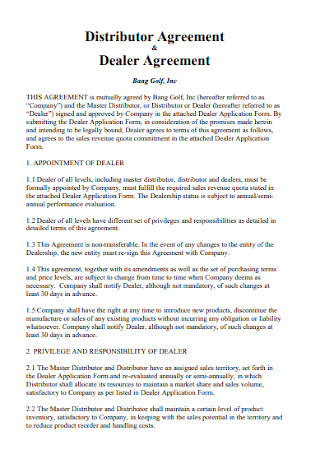
Dealer Distributor Agreement
download now -
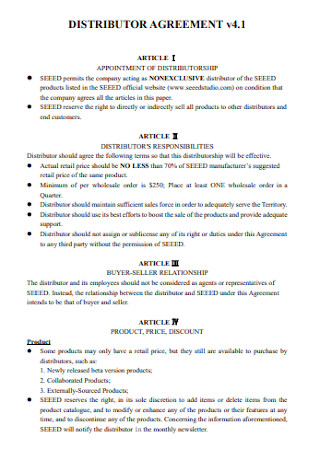
Simple Distributor Agreement Template
download now -
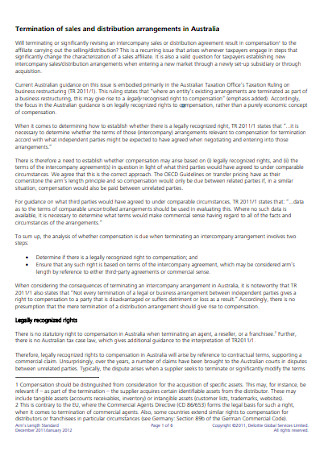
Sales and Distribution Agreement
download now -
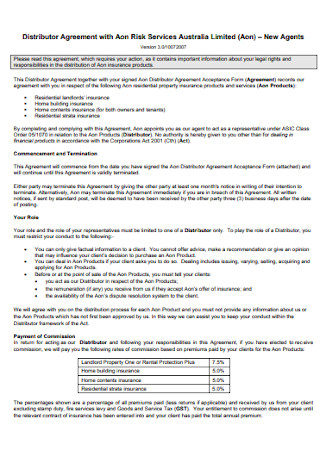
Distributor Service Agreement Example
download now -
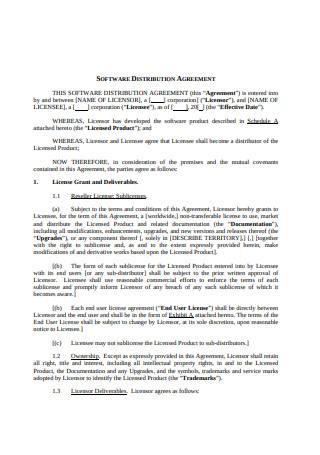
Software Distribution Agreement
download now -
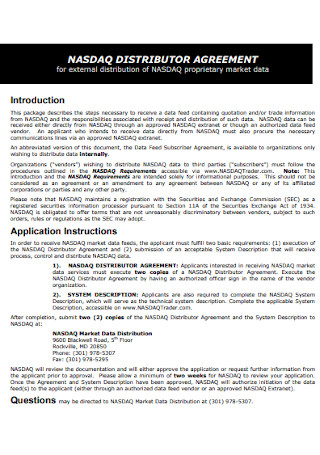
Market Distributor Agreement
download now -
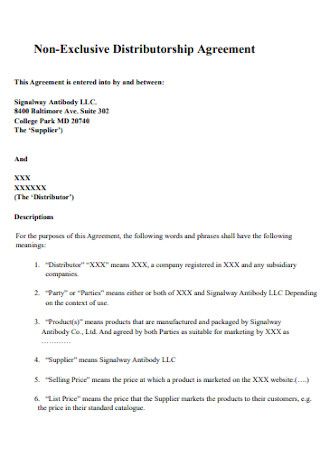
Non-Exclusive Distributorship Agreement
download now -
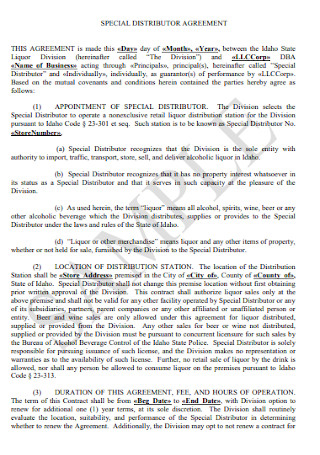
Special Distributor Agreement
download now -
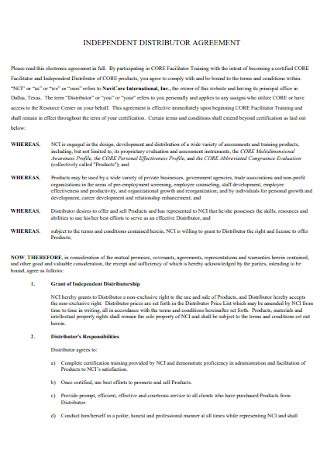
Sample Independent Distributor Agreement
download now -
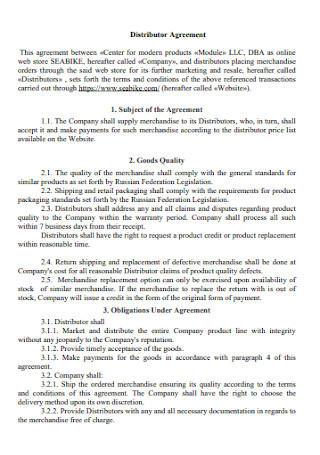
Distributor Agreement Format
download now -
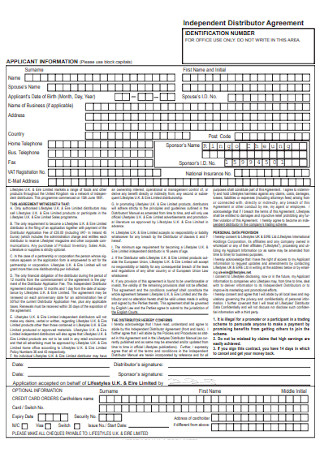
Distributor Application Agreement
download now -
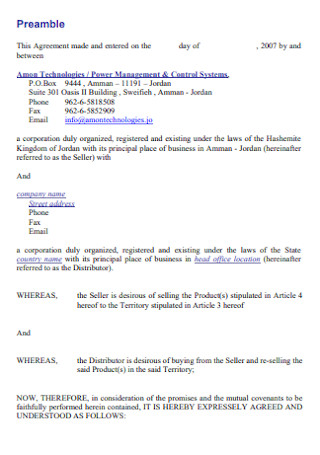
Exclusive Distributorship Agreement
download now -
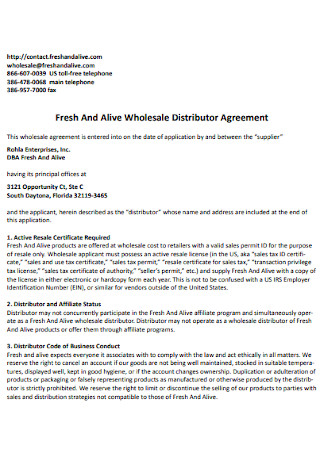
Wholesale Distributor Agreement
download now -
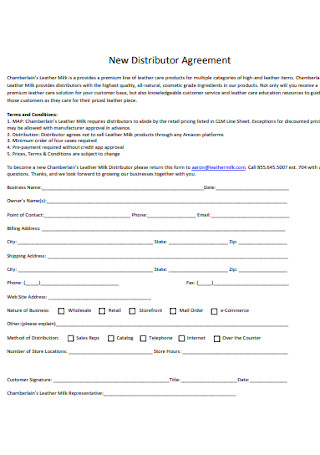
New Distributor Agreements
download now -
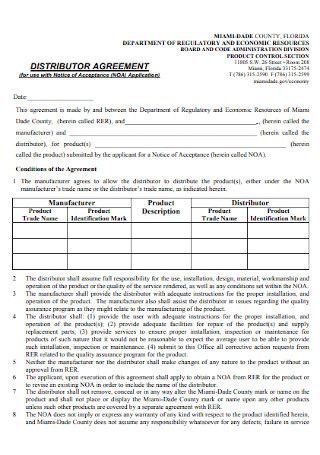
Printable Distributor Agreement Template
download now -

Authorized Distributor Dealer Agreement
download now -
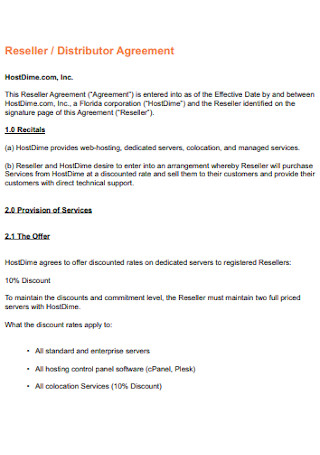
Reseller and Distributor Agreement
download now -
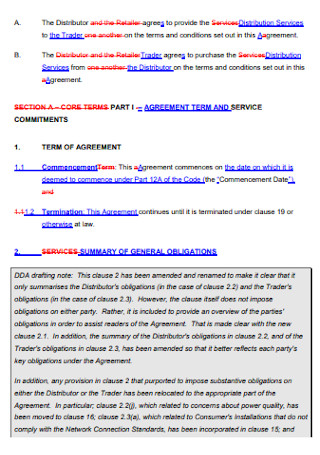
Default Distributor Agreement
download now -
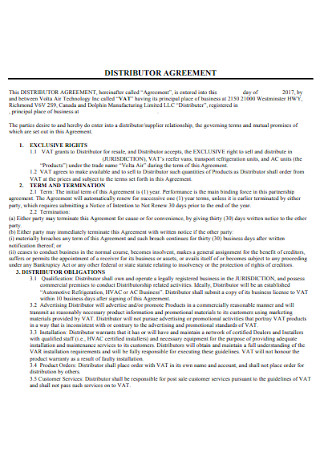
Professional Distributor Agreement
download now -
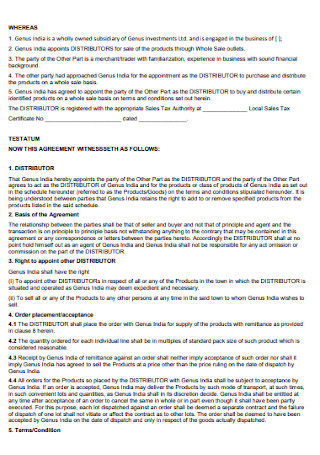
Simple Private Distributor Agreement
download now -
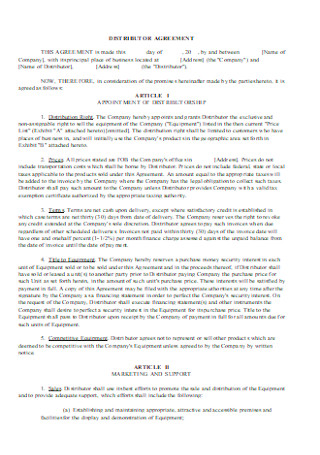
Joint Venture Distributor Agreement
download now
FREE Distributor Agreement s to Download
34+ Sample Distributor Agreement Templates
What Is a Distributor Agreement?
What Are the Common Elements of a Distributor Agreement?
How to Craft an Acceptable Distributor Agreement
FAQs
What are durable and nondurable goods?
What is wholesale distribution?
What is a distribution for commission?
What is exclusive distribution?
What is developer distribution?
What Is a Distributor Agreement?
Did you know that the wholesale trade in the US as of 2019 was approximately $7,582.3 billion? That is, according to Statista. And with that massive amount generated, it would be hard to imagine if the results would still be the same without proper authorization, management, and arrangements. So, distributors and suppliers must come into terms through the distribution or distributor agreement. The said agreement describes and outlines all the requirements, clauses, and conditions under distribution.
The American wholesale trade reached $7,582.3 billion in 2019.
Also, Statista reported that 44.1% of the 2019 wholesale trade was under the subindustry of durable goods.
According to Entrepreneur, 300,000 American wholesale distributors reached about $3.2 trillion in total revenue.
What Is a Distributor?
As literal as it sounds, a distributor distributes. Distributors buy from suppliers, who sell goods to distributors. After that, the distributor markets and sells the purchased goods to customers. Thus, both parties get paid in the process—a win-win situation. But the roles of both suppliers and distributors are more complex than that. There are conditions, terms, liabilities, payments, and other details to talk about. And that reason explains why you devise a distribution agreement.
What Are the Common Elements of a Distributor Agreement?
There was a time when 300,000 wholesale distributors in the US reached around $3.2 trillion in total revenue. And, of course, there is a system involved to ensure operations would go well as intended. This system includes using the distributor agreement or contract. But what exactly is included inside that agreement? In this section, we will note the typical elements incorporated in the distribution agreement.
How to Craft an Acceptable Distributor Agreement
You already know what a distribution agreement is. And the same thing applies to its elements. The big question now is, how do you make the distributor agreement itself? In fact, the process is quite easy when you know the basic steps. Without further ado, here are the steps on how to create a distributor agreement:
Step 1: Download a Template and Format It
Don’t assume that you have to start from scratch, which will only delay you in finishing the agreement. With our sample distributor agreement templates, the content of your agreement is already tailored and pre-formatted. You only need to fill between the lines on what to add. Also, the templates are editable. You can decide how you wish the format, design, and the whole document turns out like.
Step 2: Fill in the Distributor Agreement Elements
Remember those elements of a distributor agreement discussed earlier? From the preamble down to the signature blocks, insert such factors individually in the form. But don’t just enumerate. Maintain a sequence in presenting details. The names of the elements are already your basis on how to divide the agreement into sections anyway. Thus, a well-arranged presentation commences.
Step 3: Keep the Words and Sentences Brief
The last thing parties want is to read very lengthy forms before getting the gist of the agreement. Keep it brief instead. If there are words that can be simplified, then do so. Just because your words sound fancy doesn’t mean that such words are necessary for this business agreement. A tip is to reread your sentences and check if there are words making things wordy and complicated. Then, improve them.
Step 4: Be Specific
There is a fine line between being brief and being broad. And it is a no-no to be broad in an agreement. Otherwise, people may not know what you specifically mean. For example, you might say that distributors shall market at an international territory. Which specific geographic location is that? Jot it down. And as much as possible, don’t use idioms, jokes, or jargon to confuse other parties.
FAQs
What are durable and nondurable goods?
In wholesale trade, durable and nondurable goods are terms that are heavily used. Although the two terms refer to products being traded or distributed, they are quite different in meaning. Durable goods refer to furniture, office, or industrial supplies and equipment. And such products are used repeatedly. Meanwhile, nondurable goods cannot be used repeatedly. Examples include papers, periodicals, grocery items, and chemicals.
What is wholesale distribution?
Wholesale distribution applies to suppliers that provide products in bulk, meaning items can be bought cheaply. This example commonly applies to any retailer, reseller, or vendor. Suppliers no longer need to sell directly to consumers since distributors already take that job. And wholesalers may sell to other companies for profit.
What is a distribution for commission?
Distribution for commissions refers to a clause of an agreement that determines what distributors are paid for in selling items. The same thing applies to a commission regarding the number of items sold. Why is this necessary, you might ask? Commissions offer distributors with incentives in selling. So, distributors gain a percentage of the total sales. And when more sales apply, more profits go to both parties.
What is exclusive distribution?
In distribution agreements, exclusive distribution is one of the common ways to distribute. This example applies to a supplier who only sells to a single distributor at a specific location. On another note, exclusive distribution works by having a distributor with the direct authority to sell goods to consumers. In other words, other distributors cannot sell to such consumers.
What is developer distribution?
If the distributed goods refer to software and intellectual property of that software, the developer distribution is at play. This binding contract between app developers and app distributors enables such developers to grant a license to customers in using the software. And this approach works for both small and big companies of apps that involve distribution.
Despite being a new employee or a white-collar professional, distribution as a business is a good idea. But, you must learn the overall system. Indeed, you trade items for profit. Yet, there is more to distribution than just profit—you build relationships. Suppliers and distributors that do not work as a team can lead to conflicts in distribution. And to ensure that no party commits disputes, a distributor agreement serves as everyone’s guide.
